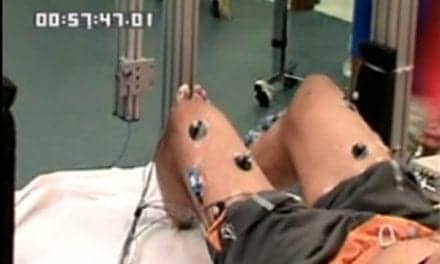
A news release from Karolinska Institutet states that researchers observed when stem cells were prevented from forming new cells post-injury, scar formation was blocked, the injury gradually expanded, and more nerve cells were severed. In the mouse model, the researchers also noted that more spinal cord nerve cells died in these mice compared to mice with intact stem cell function, which were able to form normal scar tissue.
Scarring from stem cells ultimately played a key role in stabilizing the injury and preventing it from spreading, according to Jonas Frisén, department of Cell and Molecular Biology, study principal investigator.
“Scar tissue also facilitated the survival of damaged nerve cells. Our results suggest that more rather than less stem cell scarring could limit the consequences of a spinal cord injury,” Frisén says.
The release also notes that while previous animal studies indicate that recovery can be improved by stem cell transplant into the injured spinal cord, the current study’s findings may bode well as an alternative to cell transplantation by stimulating the spinal cord’s own stem cells.
The study appears in the journal Science.
Source: Karolinska Institutet





